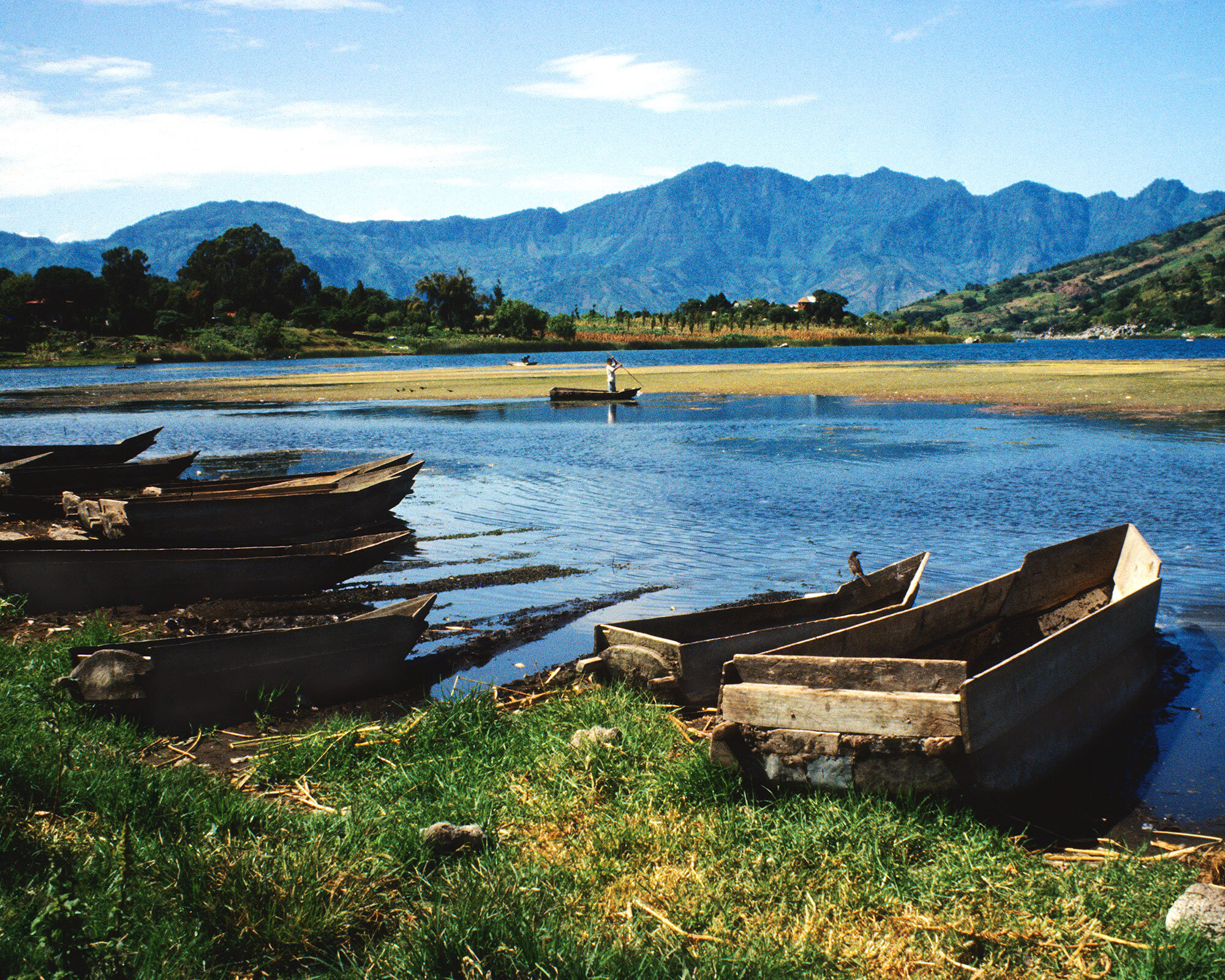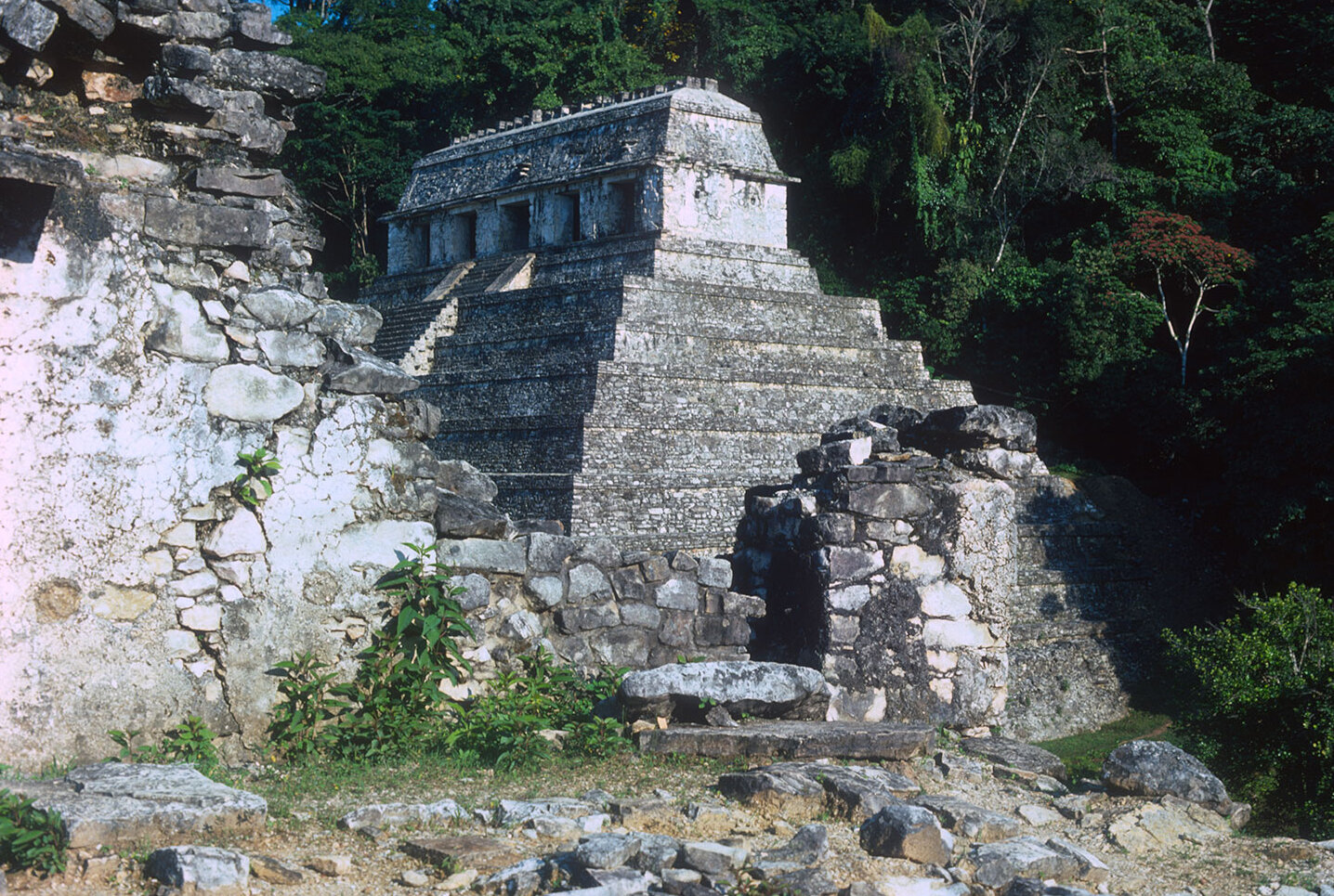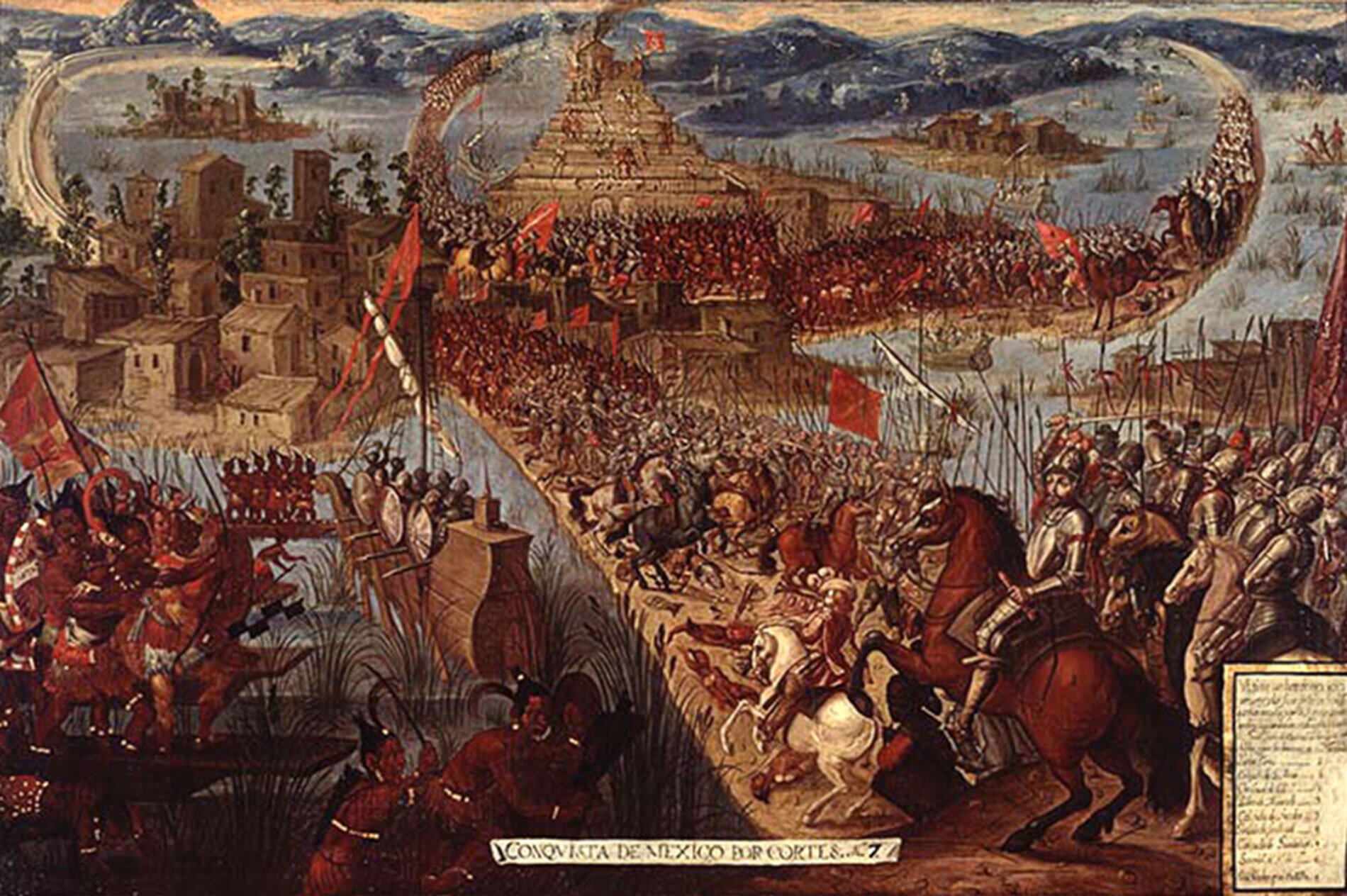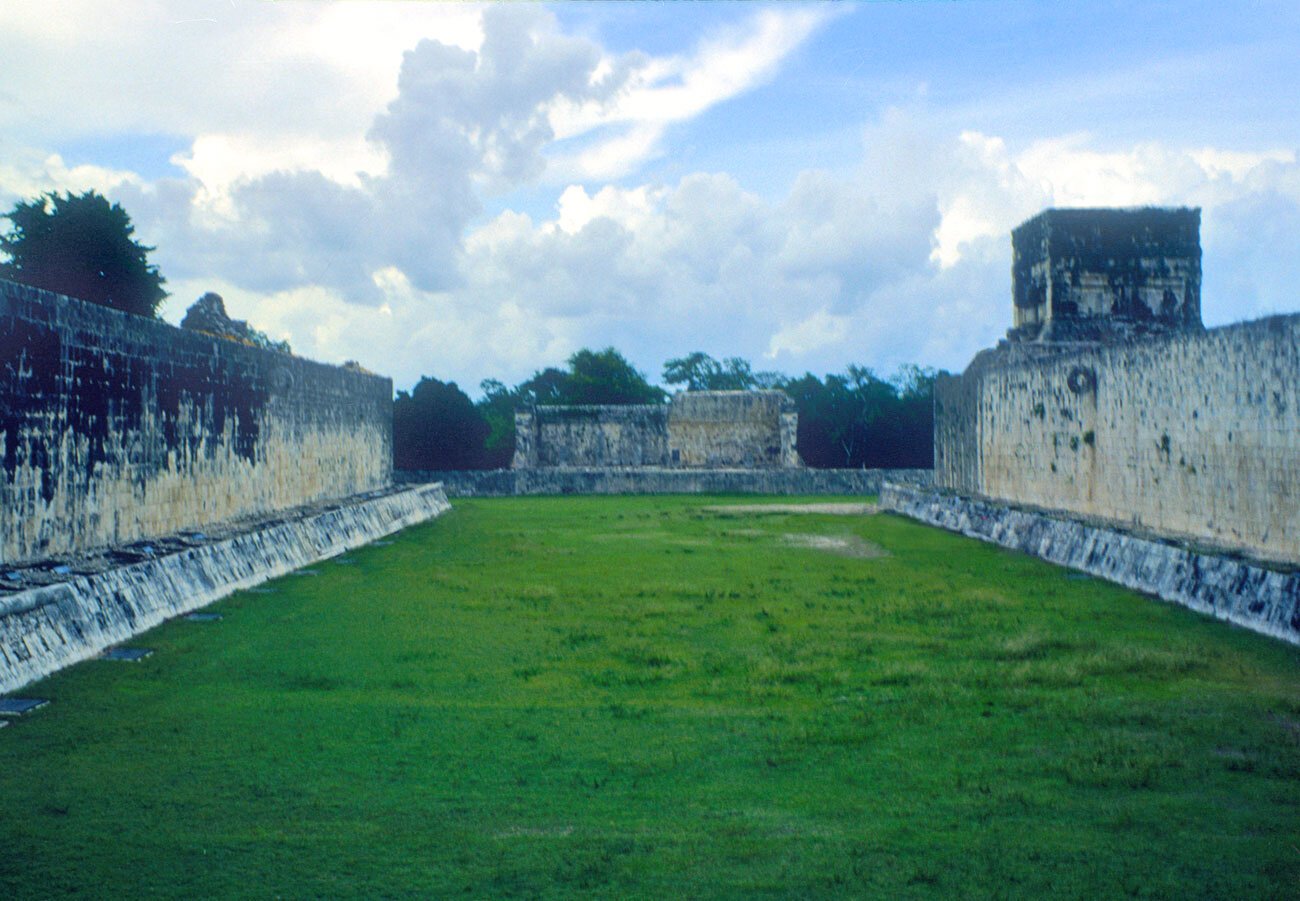
Classic Period of the Maya
The accomplishments of the Maya were most pronounced during the Classic Period (900BC to 300 BC). At this time, there were amazing advancements in the fields of astronomy, calendrics, and architecture. Historians believe that the Maya expanded in these three areas because they are all associated with religion.

Hunters and Gatherers
Over the years the first Americans learned how to adapt to their environment. They knew that they couldn't rely on rainfall. Before long, they developed nets, snares, bow drills for making fires, baskets, and crude ceramics. Eventually, the Native Americans began to cultivate crops. The first plant that was domesticated was the bottle gourd. The bottle gourd was used as a container for carrying water, and it is said that most Archaic foragers traveled with bottle gourd seeds. Before long people began planting wild beans, squash, and tomatoes next to the bottle gourds. However, none of these would become as important as the wild grass “teosinte” which was the ancestor of corn.

Mayan System of Transportation
It is believed that all Mayan ceremonial centers were connected by a series of roads. However, the exact extent of the ancient system of roadways will probably never be known because much of it has been destroyed by centuries of vegetation growth and modernization. These “white roads” were constructed out of large stones which were overlaid by rubble. After the rubble was laid, large cylindrical stones were rolled over the surface compacting the roads. Next, they were surfaced with a smooth layer of stucco or cement.

Palenque
Today, what we know about ancient Mayan city of Palenque we know because of decades of excavations and research. In 1945, Alberto Ruz Lhuillier a Cuban born scholar was placed in charge of the Palenque excavations that were being carried out by the Instituto National de Antropologia y Historia. As things turned out , they were very lucky to get him. Almost from the start Ruz took an interest in the Temple of Inscriptions.

Requirement
Christopher Columbus's second expedition has been often referred to as “Hell on Hispaniola.” Columbus was anxious to prove to the Crown the value of his New World discovery. He demanded that the natives bring him a daily tribute of gold. When the gold ran out and the indigenous people revolted he sent them to Spain and had them sold as slaves. Then, a short time later, when the first settlers revolted over the conditions in Hispaniola, Columbus had the local natives enslaved and used for forced labor. This system would eventually evolve into what the Spanish called the encomienda. The encomienda was a medieval practice that originated during the Spanish wars against the Moors. Lands and people (forced laborers) were assigned to a military leader or colonist. It was the colonists job to protect the natives. They were also required hire a parish priest, and convert the natives to Christianity.

Tenochtitlan
The Aztecs traveled for many years until they found the sign that they were looking for, an eagle sitting on a cactus eating a serpent. They found it on the shores of Lake Texcoco. This was the 13th century, and they were among the last of the Nahua tribes to arrive in the Valley of Mexico. The Aztecs found the valley to be heavily populated. Their homeland at this time was only two small mounds that barely emerged above the waterline. The first thing the Aztecs did was build a shrine for their god Huizilopochtli. The first Aztec homes were reed huts. All around them were marshes. The entire Valley of Mexico at this time was covered in a series of shallow lakes. Most goods and people moved by canoe. Cities were built on both land and water. Near the location where the Aztecs chose to live there were no building materials, or arable land. Gradually, the city of Tenochtitlan grew by using a system called chinampas or floating gardens. At this time, there were approximately fifty cities in the Valley of Mexico. This would have made this area one of the most heavily populated in the world.

Tlachtli
All of the ball courts had high parallel walls that bordered two opposite sides. There was a ring of stone hanging from each wall. Points were scored when the ball was passed through the rings. We know from pictorial evidence that there were two teams with seven players on each side, including a captain. Players wore a short skirt, with feathered crests on the back, knee protectors, sandals, and a cap or feathers. Each teams uniform had its own individual markings. The game started when a referee through the ball out in the middle of the court. If the ball touched the ground the game was started over. The players moved the ball by bouncing it off the walls until they could take a shot at the small circular ring. Each player had a flat wooden plate in the shape of a serpent in their right hand and a wooden club in his belt.

War of Arauco
In a relatively short period of time the Spanish Conquistadors conquered the three most powerful cultures in the Western Hemisphere. They defeated empires in Mexico, Peru, and Bogota, Columbia without a great deal of resistance. Most historians attribute this to the advantages of Spanish steel and Spanish horses. However, one culture, the Araucanians of Chile put up a fierce resistance like no other, and they were never conquered.
